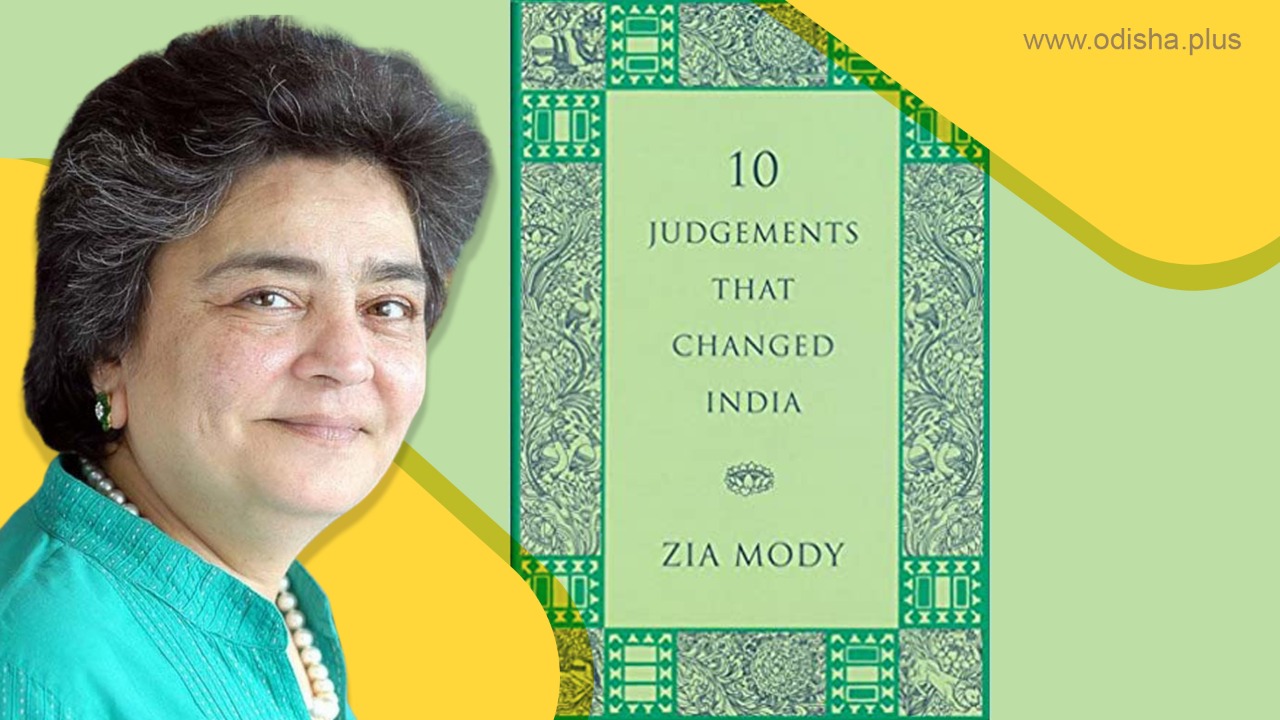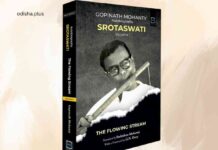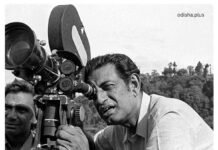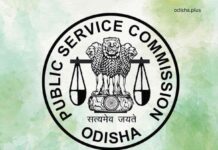Suresh Chandra Sarangi
The founding fathers of the Constitution opted for a west minister model of Parliamentary Democracy and envisioned an executive and an integrated independent judiciary, which became the hallmark of our democracy.

The three organs of the constitution, i.e. legislature, executive and the judiciary were governed by the doctrine of separation of powers. Of all the three organs, the judiciary has played a remarkable role by interpreting the constitution and became the eternal star guiding our democracy. The above book, written by Zia Mody, is an authoritative, yet accessible book that has deciphered so uniquely the facets of our constitutional democracy with the sole concept that law is a condition of liberty.
Indian constitution is said to be a people’s constitution, as it has from time to time, examined various points of law and protected human rights and dispensed the rule of law. The myth that the judiciary was the weakest organization has been demolished and the judgements are a testimony to that. The creative and innovative interpretation of the constitution has upheld the values of democracy. The judgements have a resounding impact on Indian society and polity and upheld Indian democracy as a vibrant one. The judgements have a tremendous bearing in shaping the contours of our democratic values.
Keshavananda Bharati vs the State of Kerala defined the basic structure of the constitution and put a roadblock to the frequent usurpation of constitutional provisions. In one of the most epochal judgements, in the Keshabananda Bharati case, the supreme court exercised its authority in the interpretation of the Indian Constitution, broadened its power of judicial review, and put a roadblock in the unfettered power of the Parliament to change the constitution arbitrarily. Parliament’s sovereignty in altering the constitution during the period when it has absolute authority was curtailed by the Supreme court of India.

Of course, during the subsequent period, when the coalition government came to power, the legislature had no such scope to move ahead with cosmetic changes in the constitution as it suits them. But there has been an audacious attempt to amend the constitution, when a party had absolute, in gross violation of the democratic values, The courts’ judicial review process has been treated as judicial activism, but the same is a very benign check on authoritarianism.
In Meneka Gandhi vs the Union of India, the Supreme court expanded the meaning of “right to life” and allowed life to flow uninterrupted. This was indeed an “inflexion point” where the apex court had reinterpreted and redefined the scope of fundamental rights as enshrined in the constitution When Maneka Gandhi’s passport was impounded by the then Janata government. The court criticised the concept of procedure established by law by interpreting the scope of the right to life under fundamental rights and thus curtailed the power of the legislature and upheld the fundamental rights. Once and for all, the due process of law made a foray into the interpretation of constitutional legislation.

IN Mohammed Ahmed Khan vs Shah Bano Begum, questioning the sanctity of personal religious laws bringing the debate on a uniform Civil Code, to the forefront of national discourse. The case was a question that whether divorced Muslim women can claim maintenance.
The court maintained its stand that irrespective of religious affiliation, in terms of article 225 of the Indian constitution, it would be the responsibility of those who are divorcing has a responsibility to protect the dependant from vagrancy and destitution, which included Muslim women as well. In the din and bustle of politics and flare-up of communal sentiments, that sparked a furore. The decision of the Supreme court had a modernistic and rational approach. Amidst all these, the Supreme court’s judgement allowed the emancipation of women, safeguarded democracy and implemented a uniform set of civil laws regardless of religious affiliation.
In Olga Tellis vs Bombay Municipal corporation, the Supreme court expanded the meaning of ‘right to “life’. The then Chief Minister of India, A R Antulay, advised Bombay Municipal corporation to evict the slum dwellers who are encroaching the pavements. Olga Tellis moved to the court and the apex court intervened by passing judgement that the right to life also can be extended to the right to livelihood and thus began a new wave of jurisprudents laced with human rights thereby stoping the blatant violation of human rights.

In Union Carbide of India vs Union of India, the Supreme court of India held a certain amount of compensation to the victims of the gas tragedy of Bhopal. But the affected were reluctant to accept it as the compensation for the greatest human tragedy in India was irrationally low than what the Government of India had claimed from UCC. This was a judgement that divided India and brought to the fore how multinational corporations are robbing the poor of their lives and livelihoods in developing countries. The lessons from The Bhopal tragedy case were to acknowledge the environmental issue and disaster-related to that, Insurance for the workers etc was a milestone in maintaining safety and security for the workers.
In Indra Sawhney vs the Union of India, the discourse revolved around the concept of reservation. Indra Sawhney, a journalist made a public Interest Litigation, against the Mandal commission’s recommendation issued by the Government by way of a memorandum. A reluctant Supreme Court upheld the extension of the reservation policy to the primary educational institution as well. This judgement brought into focus the importance of Caste in India, concepts like the Creamy layer of society and discourse on reservations, as to whether it should continue at all and if so, who should benefit.
In Nilabati Behera vs State of Odisha the judgement brought into sharper focus, the custodial death, and recognising the right of victims to compensation, for violation of their fundamental rights. Nilabati Behera of Odissa filed a case as his son died in Police custody. The Supreme Court condemned all forms of custodial violence. The court prescribed for the police to implement 11 mandated requirements that would be the foundation to deal with people in custody. The court’s decision in the light of Bhagalpur blinding’s, decided the compensation amount to be paid in case of custodial death, arising out of torture.
Supreme Court Advocates – on Record Association vs Union of, decided about Judicial, independence of the judiciary, as envisaged in the constitution of India. This settled the power of the Supreme court of India to make judicial appointments. This was an issue of courting liberty.
In Visaka vs the State of Rajasthan, it was an innovative jurisprudence to prevent sexual harassment in the workplace. In this case, the Supreme court issued a series of guidelines to protect women from sexual harassment, Court provided the first definitive definition of ‘sexual harassment in the case which was a seminal judgement as the Supreme Court’s ruling strongly resolved that there are sexual harassments in India.

The most sensational case, Aruna Shanbaug vs Union of India, created a powerful decision about the right to die, otherwise known as the Euthanasia debate in India. Aruna was a nurse in Bombay’s KEM hospital, who appeared to be raped or sodomize and was strangulated mercilessly and the chain pressed against her neck stopped the flow of oxygen to her brain, though she did not die. She remained more than half her life, in a vegetative state, and applied for passive death by administering Euthanasia.
The court was assertive in its opinion and maintained that Article 21, ie right to life can not include the right to die, though it meant to live with dignity, as a part of the fundamental right guaranteed under the constitution. They interpreted the right to life as a natural right and the right to die as, incompatible with the provisions of article 21. Finally, the court verdict approved passive Euthanasia which means all forms of life support would be withdrawn from a patient under the supervision of the high court.
These pivotal judgements have transformed and redefined the contours of our daily life. This has brought into focus issues like custodial death, environmental jurisprudence, and matters like the sensitive issue of reservation. The theme is the maintenance of our liberty and democratic values, and how they are so assiduously preserved through the interpretation of constitutional laws is an interesting story of an unfolding India, vividly explained by Zia Mody. The common man and citizen of India get a glimpse of ongoing happenings in the Apex court of the country.
The judgements lay the foundation of rule of law and are quoted as precedents that have a tremendous impact on shaping our politics, society and economy. This makes the book a captivating and compelling read and may be said to a book is unputdownable. when you turn the pages it is gripping as the laws are evolved over the years as cardinal principles of a functioning democracy.
(Suresh Chandra Sarangi is former General Manager, Bank of India, and lives in Bhubaneswar. Views are personal)
Tags: #ParliamentaryDemocracy #ZiaMody #KeshabanandaBharaticase #ArunaShanbaugcase #righttolife #ManekaGandhi #BookReview




























